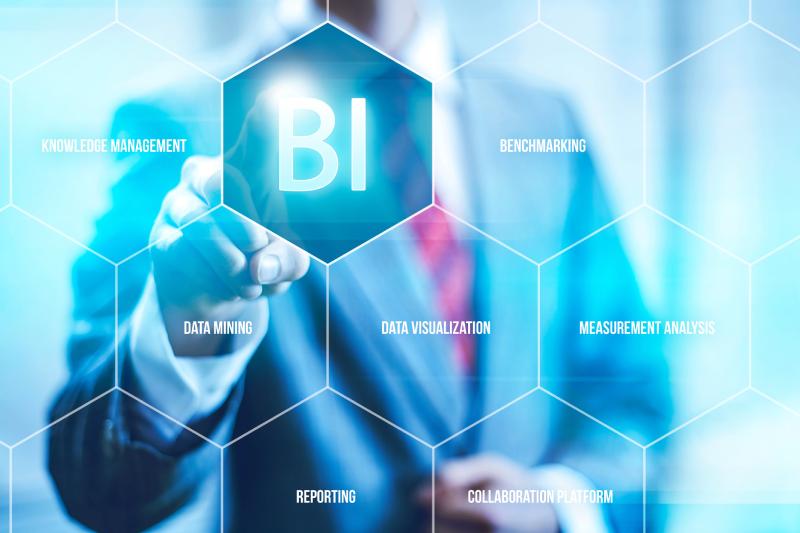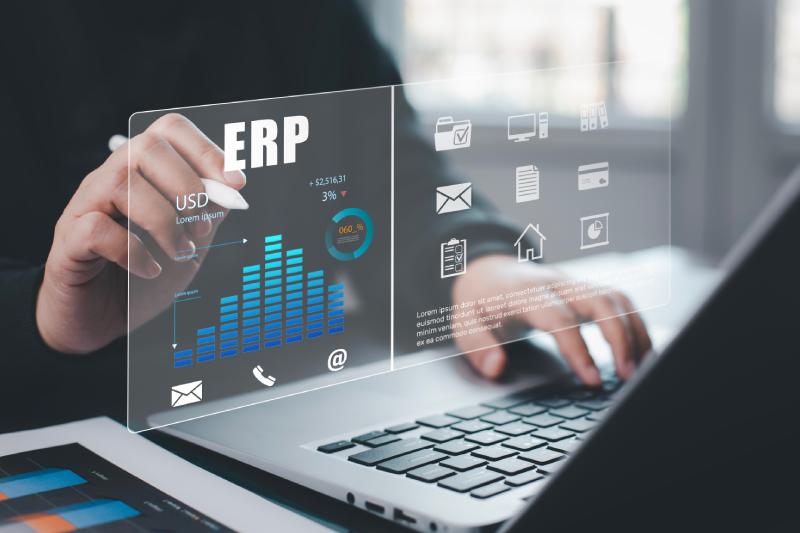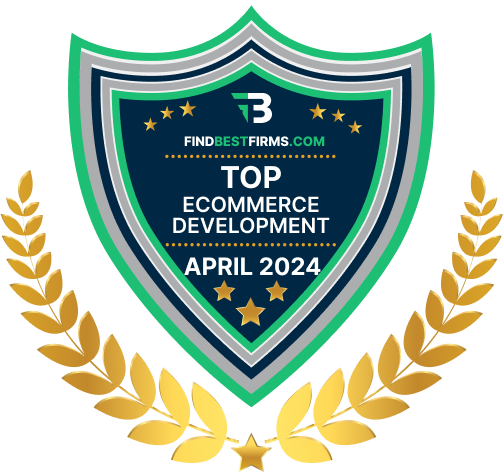
The B2B buying process is changing. With the rise of technology, businesses can now use innovative tools to improve the efficiency and effectiveness of their buying process. From e-commerce platforms to customized portals, businesses are leveraging technology to create seamless, personalized experiences for their customers.
By leveraging these tools, your B2B company can reduce costs, improve efficiency, and make more informed purchasing decisions. Here’s how other B2Bs are using technology to enhance and transform their buying process, so you can have a better idea of how to improve yours.
What is the B2B Buying Process?
The B2B buying process is the journey that businesses take to purchase products or services from other businesses. Unlike B2C (business-to-consumer) transactions, B2B purchases are typically made in larger quantities and involve more complex decision-making processes.
If your business operates in a B2B market, you know that buying process can vary depending on the product or service being purchased, but generally includes steps such as identifying a need, researching and evaluating potential suppliers, negotiating terms, and making a purchase decision. By understanding the B2B buying process and leveraging technology to improve it, your business can streamline processes, reduce costs, and drive long-term growth and success.
Who is Involved in the B2B Purchasing Process?
The B2B buying journey can involve various people, depending on the size and structure of the business. In general, there are three main groups of people involved in the B2B environment: the decision-makers, the influencers, and the end-users.
Decision-makers are the people who have the final say in the purchasing decision. They can include business owners, executives, and purchasing managers. Influencers are not buying groups but rather people who provide input on purchasing decisions. They can include department managers, employees, and external consultants. End-users are the people who will ultimately use the product or service being purchased from your e-commerce platform (B2B customers).
What Influences the Buying Process?
The B2B buying process is influenced by various factors, including your business needs, budget, the quality of your product or service, the reputation and reliability of your suppliers, and the level of customer support you provide.
Why the B2B Buying Process is Changing?
With the rise of e-commerce and social media, buyers have access to more information than ever before. They are, therefore, more informed about their options and have higher expectations of suppliers. Younger generations are also entering the workforce and bringing with them a preference for digital communication and a desire for more personalized experiences.
To keep up with the need for more efficient and streamlined processes in a competitive market, your business needs effectively integrate technology solutions to improve its buying process, optimize its procedures, and increase productivity internally – all of which have an effect on your bottom line.
How Technology Can Improve the B2B Buying Process
Technology can help businesses improve the B2B buying process in various ways. Here are some examples:
Affordability and Efficiency
By automating various tasks and processes, businesses can reduce costs and improve efficiency. For example, using e-procurement software can help you automate your company’s purchasing processes, reducing the time and resources required to complete purchases.
Minimize Human Error
Automating processes can also help minimize human error, which can lead to costly mistakes. For example, using software to manage inventory can help your teams avoid overstocking or understocking, reducing the risk of lost sales or excess inventory.
Supplier Communication is Faster and Easier
Technology can also improve communication between suppliers and buyers. For example, using electronic data interchange (EDI) can help businesses exchange information quickly and easily, reducing the time and resources required to communicate with suppliers.
Data at Your Fingertips
Technology can also provide your company with access to real-time data about your customers, which can help you make more informed decisions. For example, using business intelligence software to track key performance indicators (KPIs) and CRM software to target potential buyers.
Streamline the Buying Journey
Technology can also help to streamline and simplify the buying journey on your e-commerce site. For example, using a customer portal can help buyers easily compare products and prices, track their orders, and easily purchase repeat orders.
Terracor Business Solutions helps B2Bs to leverage technology and improve their efficiency, reduce costs, and make more informed purchasing decisions. From automating processes to improving communication via a customer portal, Terracor Business Solutions can assist all businesses looking to improve their sales.
Contact us to learn more about how to use technology to improve the B2B buying process for your customers.




